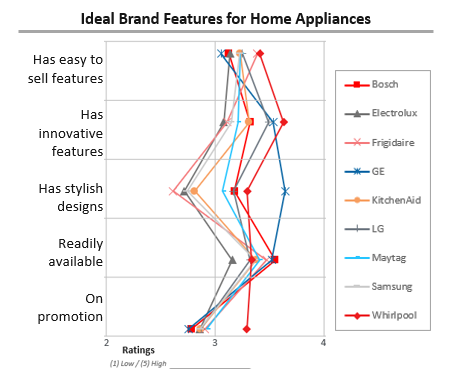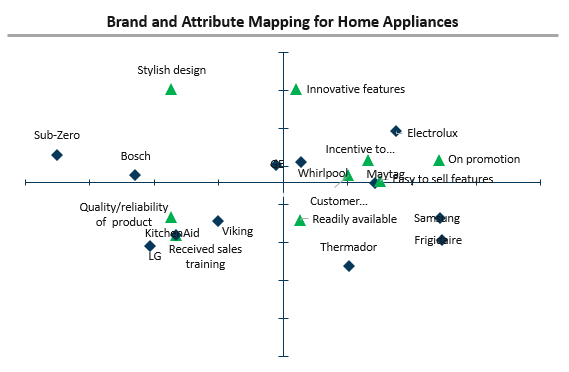By E2E Research | October 28, 2021
Confession time.
I’m addicted to TikTok.
What is TikTok?
 TikTok is used by more than 1 billion people each month and, including me, they watch more than 167 million videos every minute. Wow!
TikTok is used by more than 1 billion people each month and, including me, they watch more than 167 million videos every minute. Wow!
If you haven’t used TikTok before, I’ll give you a quick explanation. Anyone, not just the tweens and teens, can set up an account to watch or post videos of up to 1 or 3 minutes.
“Creators” are people who make videos of themselves talking, walking, dancing, or of the world around them. Creators can be regular people with 3 followers, influencers with millions of followers, small business owners, or companies with large social media teams.
Personally, I’m a lurker. I don’t make videos (as you can see on my personal TikTok account) but I have a bunch of favourite accounts and favourite topics that I love to watch.
The topics are literally endless – whatever strikes your fancy, whether that’s cats and cheese or deep social, cultural, and political issues.
TikTok uses an analytical algorithm to decide which videos it presents to you. If you swipe past a video really fast, they’ll show you fewer of those kinds of videos. If you watch, like, or comment on a video, they’ll show you more of those kinds of videos.
The algorithm works FAST so if you ‘like’ a puppy video, you’ll be offered several more of those almost immediately. What it means is that you need to swipe past videos you dislike really fast or you’ll just get more of them – and that won’t make you happy.
Why do I like TikTok?
Even though I live in a city where more than 50% of residents belong to a visible minority community, my neighbourhood, my grocery store, and my social circle are not very diverse. I don’t see a lot of people who don’t look like me. And with the panorama (as I prefer to call it), I’ve been visiting diverse communities in my city far less often than usual.
This is why I love TikTok. I’ve found a Tok for so many communities different from my own. DisabledTok, DeafTok, AutismTok, IndigenousTok…. but I haven’t yet found “ResearchTok.”
Of course, ResearchTok is actually everywhere. You just have to listen carefully.
TikTok for insights
Naturally, TikTok can be used as any other social media channel is used for social listening purposes. Many videos come with automated or manual captions, as well as audio that can be transcribed and coded.If you want to collect opinions about brands, buyers, and businesses, you’ll get a first hand look at those opinions right here.
But TikTok is an invaluable research tool for people who design research, whether that’s quantitative questionnaires, qualitative groups and interviews, or something else. Here’s why.
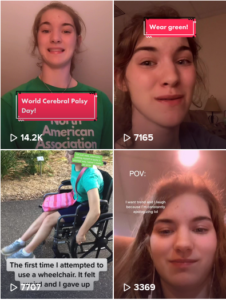 People with disabilities: TikTok is where I get to actually see and listen to people who are disabled navigate their world. I see and hear first-hand the motivators and barriers they experience as they drive, shop, and consume in their everyday lives.
People with disabilities: TikTok is where I get to actually see and listen to people who are disabled navigate their world. I see and hear first-hand the motivators and barriers they experience as they drive, shop, and consume in their everyday lives.
I see the struggles they face as cars block the sidewalks and ramps making it impossible for them to visit their favorite stores. I see how stores fail to accommodate their needs by not providing ramps or placing self-serve counters out of sight and out of reach. I watch how packages can’t be held or opened or poured because the package designers didn’t account for their user base.
I get a whole new and improved perspective on the types of issues I need to account for when I write questions about accessing and navigating stores as well as choosing and using product packages.
People of different ethnicities: Though I’m sure I’ve experienced some biases because of my specific demographic characteristics, TikTok is where I see the huge biases and aggressions experienced by people who are marginalized every single day, everywhere they go.
I see how hand driers don’t recognize darker skin, how brands frame people who are marginalized as victims, and how code switching means some people can’t be their authentic selves at work, at school, or while shopping.
It reminds me that it’s so important to ensure the research I conduct accounts for and respects people of all ethnicities. It reminds me that sticking to strict census balancing isn’t sufficient – I need to boost and weight sample for Black and Indigenous people so I can truly listen to and understand everyone.
People of different sexualities: Ever wonder what all the letters in LGTBGQIA+ stand for? TikTok has your back. People of all genders and sexualities are happy and keen to share their perspectives about the world around them and how they’re treated in it.
Listen first hand to how binary sex and gender options trivialize, diminish, and ignore their life experiences, and how relieved and heard they feel when they’re able to accurately describe themselves.
Sure, I might have decades of hard coded memory telling me that gender is binary, but I need to cancel that narrative and recognize that gender is a construct not a fact. I need to make sure demographic questions are accurate, respectful, and all-encompassing.
What’s the impact of TikTok on research?
As a relatively privileged person, TikTok has further opened my world to the rainbow of people who exist in it. My personal experiences may be common but there are millions, billions of people whose experiences I could have never imagined without the help of TikTok.
My questionnaires are better written. Not only am I far more careful and knowledgeable about how I write demographic questions, I’m more careful about how I write questions about brands, retailers, and product usage. I’ve always used my own experiences to write those questions, but now I am better able to consider a much broader range of experiences.
If you’re interested, here are a few of my favourite accounts. These folks are well-informed, educational, funny, and eager to share their personal experiences so that people like me can do better. Learn lots!
- Deaf community: patrickandbigbenv, smartguy85, djdeaftunez, deafinitlygary
- Blind community: asfvision
- People with other disabilities: peetmontzingo, laceyrichcreek, journywithcerebralpalsy, summershirtproject, colbycam722
- LGBT+ community: mrwilliamsprek
- BIPOC community: clarabellecwb, therealoverloadcomedy
- Indigenous community: brettstoise, itzeaglee, asinaabe, isapadeau
What’s Next?
Are you ready to discover top quality insights about your buyers, brands, and business? Email your project specifications to our research experts using Projects at E2Eresearch dot com. We’d love to help you turn your enigmas into enlightenment!
Learn more from our case studies
Learn more from our other blog posts
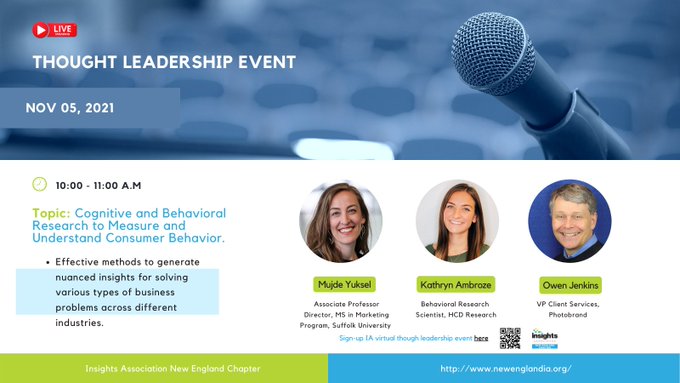
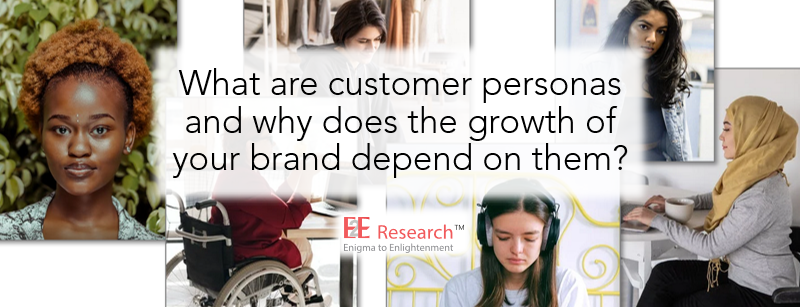
 Simply put, personas are short, simple descriptions of a group of targeted people but written as if they were describing one single person. The best personas are grounded in quantitative and qualitative research and summarize the demographics, psychographics, motivations, needs, and goals of those people. You might also see them referred to as Buyer Personas, Customer Personals, Patient Personas, User Personas, or something similar.
Simply put, personas are short, simple descriptions of a group of targeted people but written as if they were describing one single person. The best personas are grounded in quantitative and qualitative research and summarize the demographics, psychographics, motivations, needs, and goals of those people. You might also see them referred to as Buyer Personas, Customer Personals, Patient Personas, User Personas, or something similar. Depending on the size and complexity of your business, you might need 1 or 2 personas or 15 to 20 personas.
Depending on the size and complexity of your business, you might need 1 or 2 personas or 15 to 20 personas.
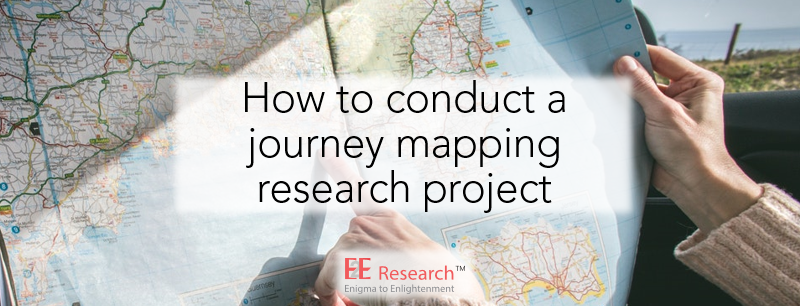
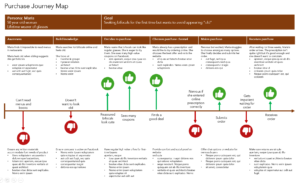 Nearly any journey wherein people progress through a set of stages, interacting with channels or people, over a short or long time frame to accomplish a goal can be mapped. Here are just a few of the more common journey maps that marketers and brand managers use.
Nearly any journey wherein people progress through a set of stages, interacting with channels or people, over a short or long time frame to accomplish a goal can be mapped. Here are just a few of the more common journey maps that marketers and brand managers use.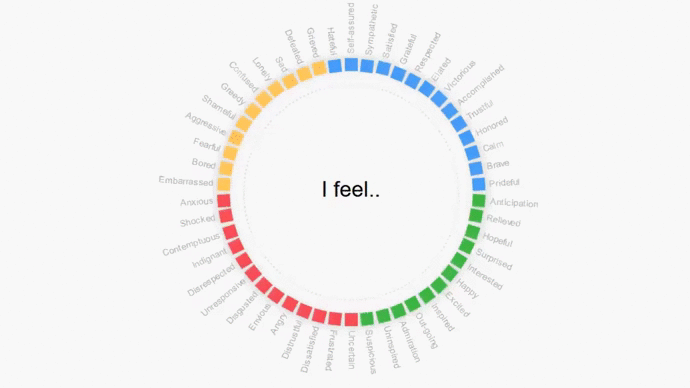
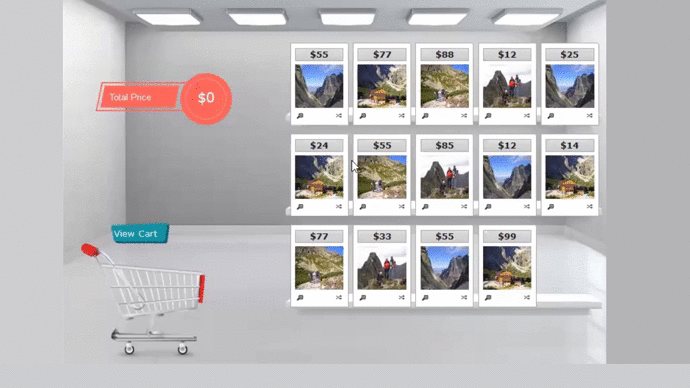

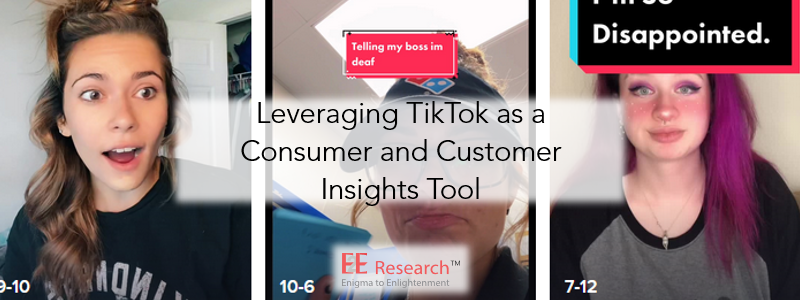
 TikTok is used by more than
TikTok is used by more than 


